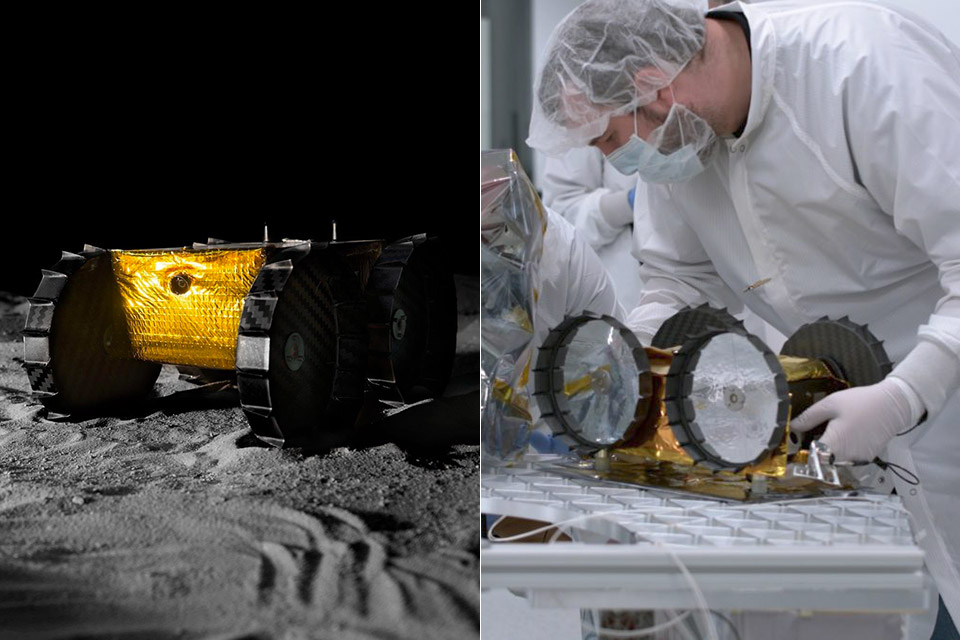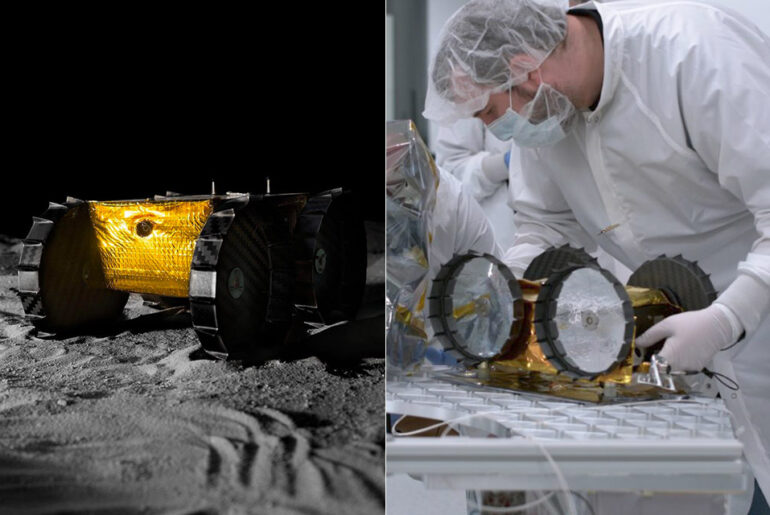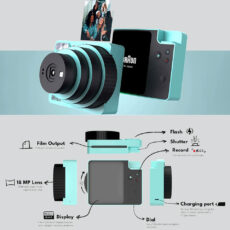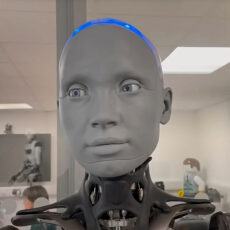
You’ll find Carnegie Mellon University’s Iris alongside the STELLS Mobile Power Rover on the Moon’s surface if all goes to plan. At just over 4-pounds, this shoebox-sized device will become the first American, student-developed, smallest and lightest rover to land on the moon. It comes equipped with cameras to facilitate both its guidance as well as scientific observations of the Moon’s terrain.
The team is making final preparations including attaching Iris to the lander. However, before that happened it had to pass a series of tests to ensure that it could fit in its allotted space, withstand the vibrations expected during launch, endure the vacuum of space and survive the temperatures expected on the lunar surface. It will launch on a private rocket carrying 14 payloads to the Moon on May 4th.
- High-Quality Optics: The astronomical telescope features 500mm(f/7.1) focal length and 70mm aperture, provides stunning views and protects your eyes.
- High Magnification: Our durable telescope for kids and adults is quipped with two excellent-quality eyepieces (25mm and 10mm) and a 3x Barlow lens.it...
- Portable and Convenient: Telescope comes with a phone adapter and an adjustable aluminum tripod. Wireless remote control and carrying case for...
In space, what matters is what flies, and soon you’ll see irrefutable proof that what Carnegie Mellon has accomplished in planetary exploration matters a great deal,” said William “Red” Whittaker, the Founders University Research Professor in the Robotics Institute.







